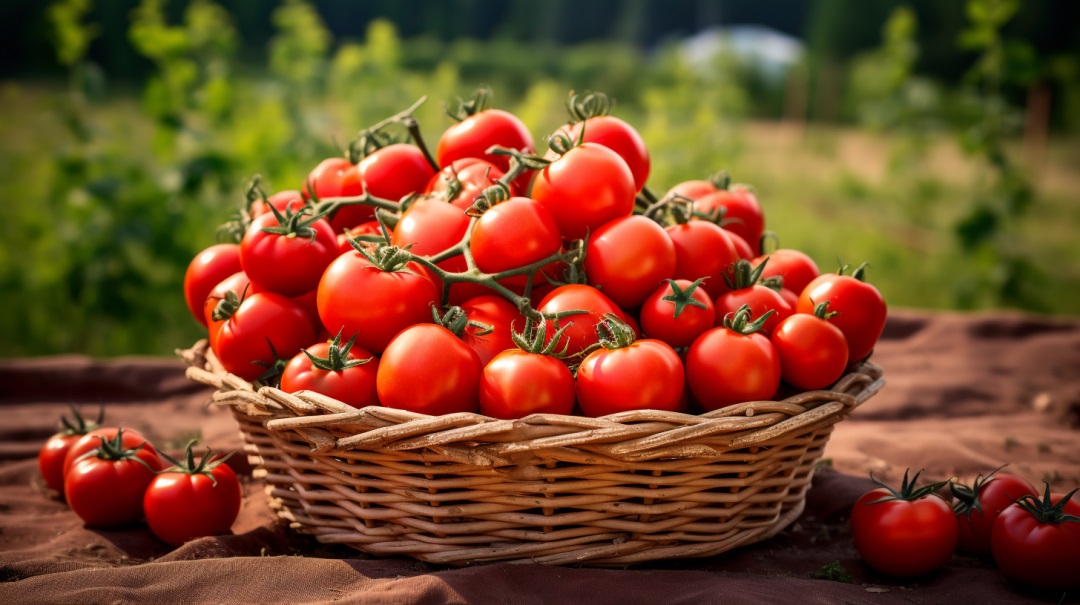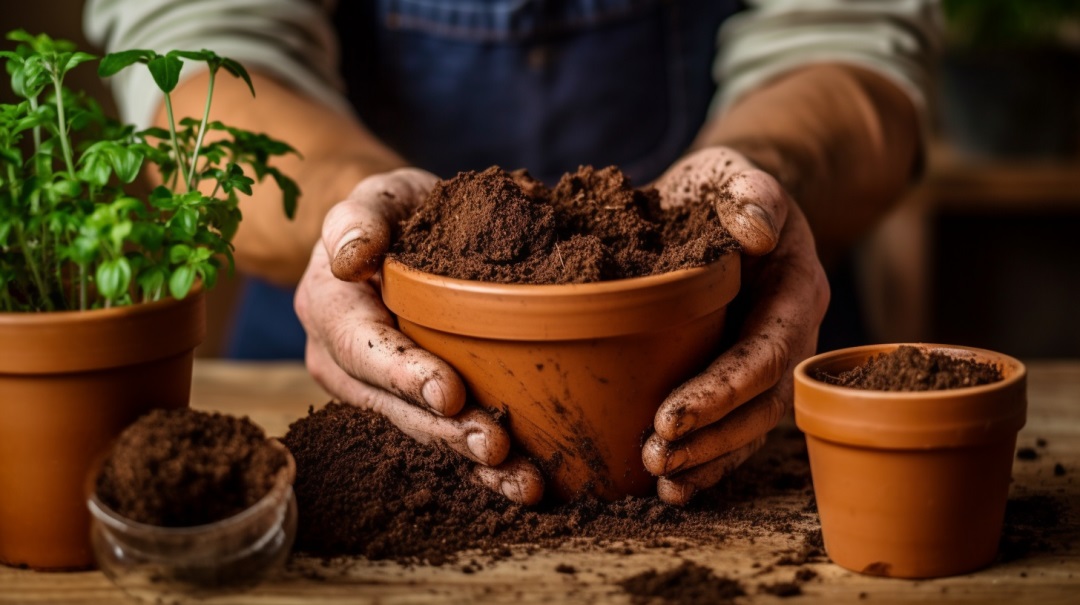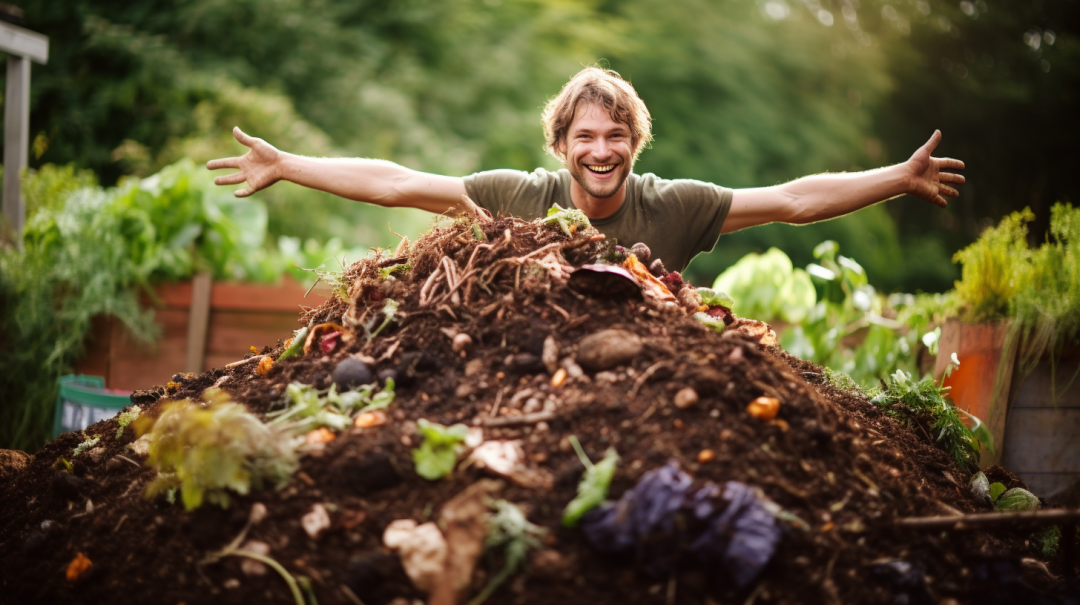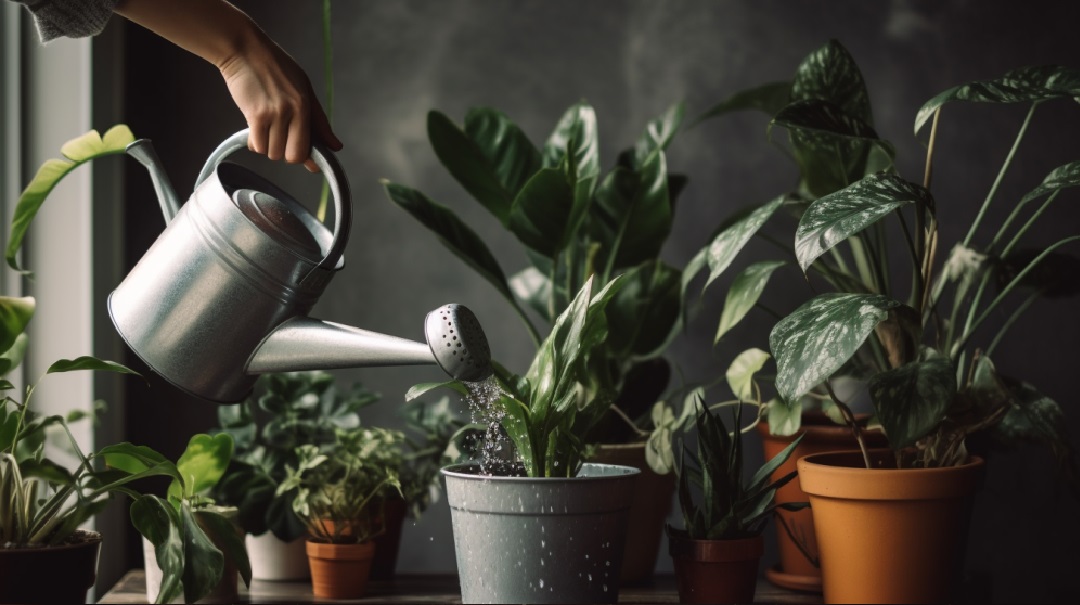For garden-fresh flavor, it’s hard to beat juicy red tomatoes right off the vine. But the secret to success with tomatoes is starting strong with healthy transplants and providing consistent organic care. Follow this guide for your best tomato crop ever.
Choosing the Best Tomato Varieties
Selecting varieties suited to growing organically is the first step. Prioritize disease-resistant hybrids and heirlooms ideal for your climate. Some top picks include:
Hybrids: Early Girl, Better Boy, Jet Star, Celebrity, Big Beef
Heirlooms: Brandywine, Cherokee Purple, Black Krim, Mortgage Lifter, Green Zebra
Paste/Canning Types: Roma, San Marzano, Amish Paste
Cherry Tomatoes: Sungold, Super Sweet 100, Sweet Million
Talk to local gardeners to discover favorites for your area. Choose a mix of large slicing tomatoes along with cherries and smaller types. Select determinate and indeterminate varieties for continual harvests.
Starting Tomatoes from Seed vs Seedlings
You can start tomatoes from seed indoors 6-8 weeks before your last spring frost date. Or purchase locally-grown organic seedling “starts” from nurseries.
Seeds: More variety options, often cheaper. Needs indoor grow lights. Must harden off before transplanting.
Seedlings: No indoor growing required. Gets plants off to quick start. Must avoid root damage during transplant.
Follow package instructions for sowing tomato seeds. Use sterile seed starting mix and containers. Maintain temperature around 70-80 F and provide 14+ hours of light until sprouting.
Transplanting Tomato Plants
Tomatoes resent any disturbances to their roots, so transplanting requires care. Follow these tips:
- Harden off seedlings by setting them outdoors in partial shade for a few hours each day about 1-2 weeks before transplanting. Bring in at night.
- Time transplanting after the last expected frost when soil is warm, usually around 60 degrees F or more.
- Gently remove seedlings from pots, disturbing roots as little as possible. Tease apart any spiraling roots.
- Set each plant slightly deeper than it was growing in the pot, burying lower stems.
- Space plants 18-36 inches apart depending on variety. Plant deeply for rooting along buried stems.
- Water newly planted tomatoes daily for the first week until they become established.
Tomato Plant Spacing and Support
Give tomatoes room to grow. Crowding stresses plants, resulting in reduced harvests. Follow these guidelines:
- Small cherry types: Space 18-24 inches apart. Often don’t need staking.
- Determinate bush varieties: Space 24-36 inches apart. May benefit from some support.
- Indeterminate vine types: Space 24-48 inches apart. Always stake or cage indeterminates.
As plants grow, add tomato cages or 5-6 foot stakes for support. This prevents fruit contact with soil and avoids disease. Staking also improves air circulation.
Soil Health for Tomatoes
Tomatoes thrive in slightly acidic, nutrient-rich soil. Test pH yearly, aiming for a pH of 6.2-6.8.
Before planting, work 1-2 inches of compost into beds along with these organic tomato fertilizers:
- Alfalfa meal – 2 cups per 25 sq ft provides steady nitrogen
- Rock phosphate – 1 cup per 25 sq ft for phosphorus uptake
- Greensand, kelp, or wood ash – 1 cup per 25 sq ft for potassium
Too much nitrogen leads to leafy plants with less fruit. A balanced organic fertilizer approach supports abundant tomatoes.
Watering Tomatoes Properly
Tomatoes need consistent moisture, requiring about 1-2 inches of water per week. Insufficient water causes problems like blossom end rot. Here are organic watering tips:
- Use drip irrigation or soaker hoses to target tomato roots efficiently. Avoid wetting leaves, which spreads disease.
- Mulch around plants to retain soil moisture and reduce evaporation. Replenish mulch as needed.
- Reduce watering as fruit ripens to concentrate flavors.
- If blossom end rot appears (dark leathery spots), increase calcium intake by foliar spraying a dilute calcium solution weekly.
- Collect rainwater in barrels to use for irrigation.
Pruning Tomato Plants
Pruning isn’t mandatory, but it improves yields and directs energy into fewer, larger fruits. Remove:
- Lower leaves touching soil to prevent disease.
- Interior weak stems that won’t produce fruit.
- “Suckers” – small shoots between main stems and branches.
Prune indeterminate varieties 1-2 times per month. Determinates only need occasional pruning.
Staking, Caging, and Trellising
Proper staking, cages, or trellises support heavy tomato growth and improve harvests.
Staking: Use 5-6 foot tall stakes sunk 1 foot into soil. Attach plants loosely to stakes as they grow using soft plant ties or strips of cloth.
Cages: Sturdy wire cages around each plant provide support without tying. Use cages at least 4 feet tall and 18-24 inches wide.
Trellises: Structures with heavy horizontal supports hold tomato vines. Allows close planting and easy picking.
Preventing Tomato Pests and Diseases
Tomatoes face fungal diseases, blossom end rot, hornworms, and more. Stay vigilant and use these organic defenses:
Fungal diseases: Rotate planting sites. Space/stake plants for airflow. Remove infected leaves immediately. Apply neem oil or sulfur spray preventatively.
Hornworms: Hand pick large caterpillars. Apply BT (Bacillus thuringiensis) to leaves if infestation is severe.
Blossom end rot: Consistent watering prevents. Foliar feed calcium weekly as needed.
Aphids: Knock off with blast of water. Apply insecticidal soap for heavy infestations.
Whiteflies: Use yellow sticky paper traps. Spray insecticidal soap or neem oil.
Cutworms: Collar chopped stems with cardboard. Sprinkle wood ash around bases.
Extending the Tomato Season
Tomatoes are a warm weather crop, but their growing season can be lengthened using season extension techniques:
- Use cloches, tunnels, and cold frames to give plants an early start. Ventilate on warm days.
- Switch to heat tolerant varieties during summer for continuous harvests.
- Start late variety seeds in midsummer for fall harvests.
- Pick green tomatoes before frost to ripen indoors.
- Protect plants with row covers, leaving ends open for ventilation.
- Prune indeterminate plants midseason to reboot production.
With the right methods, enjoy tomatoes for months longer!
Harvest Tips and Preserving the Crop
Time your plantings for continual harvests from midsummer through fall frosts. Pick tomatoes when fully colored but still firm.
Chill tomatoes below 55 F to halt ripening. At end of season, harvest all fruit and ripen indoors. Green tomatoes will eventually redden when stored at room temperature.
Preserve those abundant tomatoes! Options include:
- Freezing whole tomatoes – Just core, place in bags, and freeze
- Canning tomato sauce and salsa
- Drying halves or slices
- Make pasta sauce or tomato soup
- Refrigerate pastes and sauces up to a week or freeze for longer storage
Troubleshooting Common Tomato Problems
If tomatoes underperform, assess these potential issues:
Poor fruit set: Too much nitrogen, not enough sun, extreme temperatures. Improve conditions.
Blossom end rot: Inconsistent watering and calcium deficiency. Water evenly, foliar feed calcium.
Leaf curl: Overwatering or rapid temperature shifts. Improve drainage, provide even water.
Wilting: Underwatering. Check soil moisture and irrigate.
Cracks in fruit: Overwatering causing rapid growth. Reduce watering.
Pest damage: Identify insects and use organic treatments. Cover plants or spray Bt or insecticidal soap.
Disease: Fungal issues worsen with crowded plants and humidity. Improve airflow and rotate crops.
The Benefits of Organic Tomato Gardening
Growing tomatoes organically maximizes their legendary flavor while avoiding chemicals. Additional benefits include:
- More control over preferred varieties and timing
- Healthier plants less prone to disease
- No synthetic pesticide exposures
- Can be tailored to fit small or large spaces
- Saves money compared to buying organic market tomatoes
With the right care and cultivars, organic homegrown tomatoes deliver their full potential for flavor, nutrition and abundant harvests!



